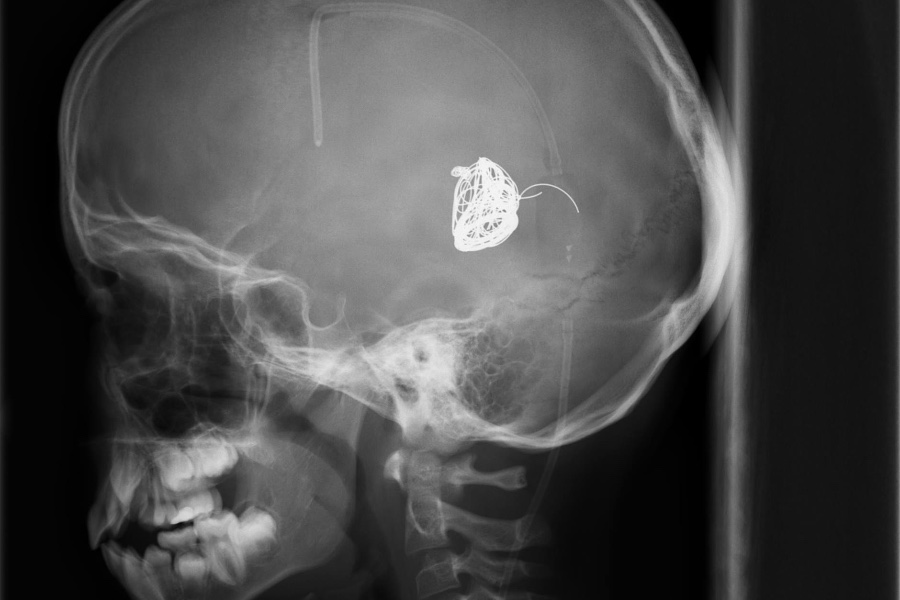It was all in my head
Staff writer shares experience having brain surgery as a high schooler.
An MRI imaging showing the condition of my shunt at eight years old.
March 1, 2022
With sweaty hands, I shook the hand of my neurosurgeon. I’ll never forget wheeling away from my mom, standing scared and alone.
The image of my mother while her daughter’s surgery went over the expected time by 40 minutes still leaves a pit in my stomach.
The diagnosis
Just before the start of my sophomore year, in the middle of the COVID-19 pandemic, my annual checkup turned into life-saving brain surgery.
At six months old, I was diagnosed with the Vein of Galen brain aneurysm, which causes excessive spinal fluid to leak into the brain, putting me at risk for severe neurological damage. Doctors usually solve this issue with a shunt that drains fluid into the stomach.
On a Tuesday morning, my mom and I walked to Methodist Hospital’s Pediatric Department for my annual MRI checkup scans.
I’ll never forget the look on the nurse’s face after she saw the scans.
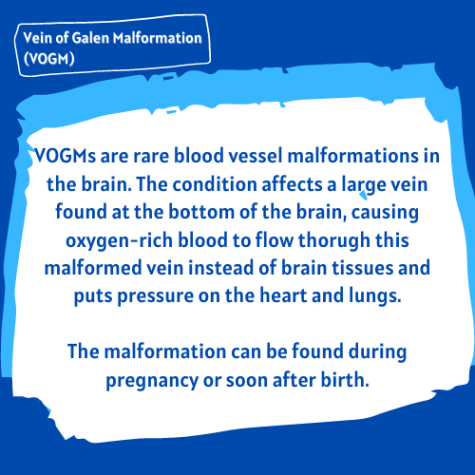
Her eyes flickered from fear to professionalism as she scheduled a follow-up appointment, saying everything without saying anything at all. Something was very wrong, but I was completely in the dark.
My mom ran a red light on the way to speak with my neurosurgeon about the unknown results, and I could see her panic through the grip she had on the steering wheel.
In the neurosurgeon’s office, my brain only processed the words “shunt” and “broken” before the voices moved to the back of my mind and tears soaked through my mom’s disposable mask.
The risk of neurological damage and death was now back to the frontlines. When doctors mentioned how surgeons would have to shave a portion of my head, I finally cried for the first time.
Though I was worried about how this would affect my workload in my advanced classes, I put on a brave face as best I could.
In the sterile waiting room, while my mom worried about possible neurological damage, I realized my plans of learning how to drive just went out the window.
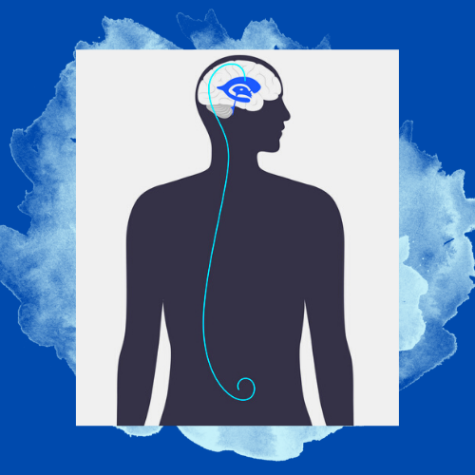
The procedure
On July 22, 2020, my dad drove while my brother tried to keep his composure next to me in the backseat while I played with my hair.
My mom and I walked into the hospital, and COVID regulations forced the rest of my family to wait in the car for four hours.
I looked around and saw a blur of scared and lonely parents with oblivious young children as I sat in yet another waiting room.
When a nurse called my last name, I realized the severity of my condition as my mom clutched my hand just like she gripped the steering wheel.
After the anesthesiologist counted down from 20, I woke up speaking gibberish about whatever boy I was crushing on at the time. Waves of morphine came and went throughout the next two days of recovery. Hospital food may have a bad reputation, but the endless chocolate pudding was almost worth that four hour surgery.
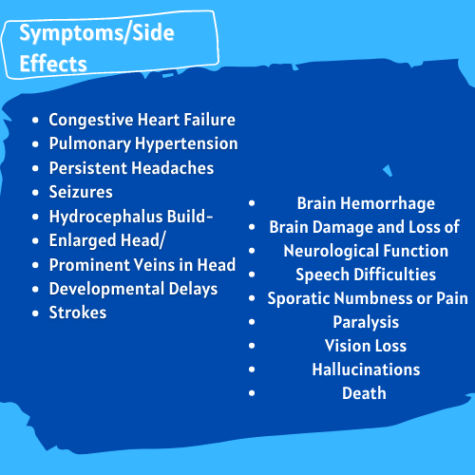
The consequences
After a successful surgery and because of COVID concerns in the hospital, the doctors sent me home a day early.
I saw my dad and brother again, who met me with awkward hugs to avoid my fresh stitches. That made up for the faint pain I started feeling when I got home.
But the faint pain did not go away and got worse the next day, leading to the worst pain I ever felt.
Despite having a relatively high pain tolerance, a vile pain stabbed me from the inside out. After exhaustion from no sleep, pacing and vomiting every 20 minutes, my parents took me back to the hospital as I groaned and cried lying across the backseat.
After an ultrasound, not only did I learn that ultrasounds actually weren’t only used for pregnancy, I learned that the morphine had slowed down my digestive system and everything I ate (or rather, tried to eat) pushed against my newly sewn stiches.
COVID regulations forced my family to wait in sterile waiting rooms or stay in the car. My recovery got cut short, only to have it extended in the end.
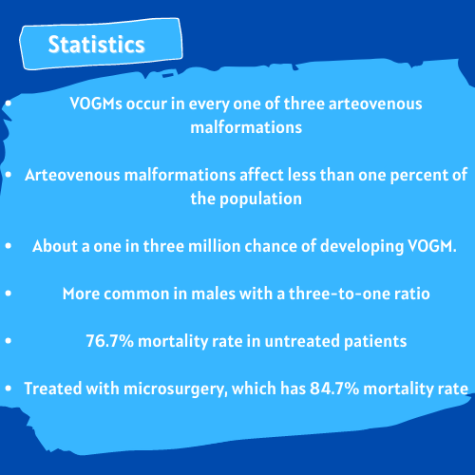
The recovery
I recovered before I walked into my sophomore year of high school with a piece of my hair missing. The patch grew on me. My stitches still tell the story to this day, and as a current junior, my postoperative side effects are nonexistent.
Crushes and licenses may not have been as important as I thought they were, but cut me some slack considering what I did literally took guts.



